
The Computational Neuroscience Center at Drexel’s Department of Neurobiology and Anatomy brings together a group of computational and experimental researchers with a common interest to understand nervous system function. Members of the center work in close collaboration on multidisciplinary research projects combining experimental and computational strategies. Dr. Ilya Rybak serves as the current director of the Center.
Understanding the mechanisms by which the nervous system processes information and how neural circuits control behavior is at the core of Neuroscience. Computational neuroscience complements experimental studies by providing important tools to derive new hypotheses, guide experiments to test them, and provide insight into underlying mechanisms.
With the increasing complexity and volume of datasets generated by cutting-edge experimental methods, computational modeling is an indispensable tool to structure and interpret the data and to ultimately infer underlying neuronal processes and functions of neural circuits and ultimately behavior.
In close collaboration with the Marion Murray Spinal Cord Research Center, Drexel Neuroengineering, and with experimentalists, engineers, and computational neuroscientists within Drexel and from across the world, we use collaborative, interdisciplinary computational and experimental approaches to study mechanisms in the intact and injured nervous system as well as in neurological disorders.
Graduate students and postdocs work on multidisciplinary projects in a number of research fields using a wide array of computational tools and techniques.
Download the Computational Neurosciences Flyer [pdf]
Positions Available
We are currently accepting graduate students at the Master’s and PhD level. Prospective students are encouraged to apply to the Neuroscience graduate program.
For Postdoc positions contact the individual labs or browse open positions here.
You can learn more about our research and current projects on the individual faculty lab pages.
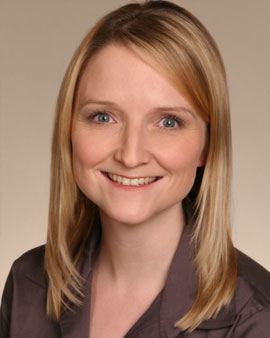
View Faculty Profile
View Ausborn Lab
Email: ja696@drexel.edu
Research Interests: Computational modeling of neurons and their interactions; brainstem and spinal control of locomotion and respiration; sensorimotor integration; behavior selection
We use computational modeling as a tool to study the neurophysiological mechanisms of how neural networks process and encode activity to generate appropriate behaviors. By integrating a multitude of experimental findings, and often in close interaction with experimental collaborators, we develop data-driven models of invertebrate as well as vertebrate neurons and neuronal networks at different levels of complexity. Our work aims to discover mechanisms involved in sensorimotor integration, neural processing, rhythm generation, and the selection and generation of diverse and flexible behaviors.

View Faculty Profile
View Danner Lab
Email: smd395@drexel.edu
Research Interests: Computational modeling of locomotor spinal circuitry; neuromechanical models; circuit mechanisms of sensorimotor integration; spinal cord injury
We study the operation of the neural circuits controlling locomotion. Specifically, we are interested in understanding the connectivity and function of the spinal circuits, how they integrate feedback from somatosensory afferents and commands from supraspinal centers, and how their operation is altered in motor disorders (especially after spinal cord injury). We employ computational methods (neural network and musculoskeletal modeling) and work in close collaboration with experimentalists.
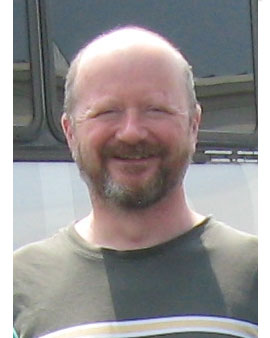
View Faculty Profile
View Giszter Lab
Email: sg33@drexel.edu
Research Interests: Modularity, primitives, circuit analysis, compositionality, neuromechanics, motor control
The Giszter Laboratory is studying motor modularity and neuromechanics. We seek to understand how the interactions of neural and mechanical systems have been organized at spinal levels in order to enable animals to construct coherent motor actions. We hypothesize that evolution has exploited the coupled limb mechanics and neural circuits, co-evolving these to computationally support a compositional basis, allowing rapid action, simpler circuits and optimizing or satisficing motor controls, by using these compositional 'designs'. We analyze the neuromechanical circuits that result, and work to develop new computational and experimental analyses to test these ideas. We do this through a range of collaborations with both computational and experimental colleagues at Drexel and more broadly. We also seek to translate these ideas and data to concrete spinal cord injury applications.
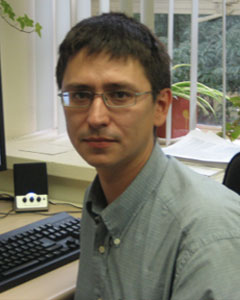
View Faculty Profile
Email: snm34@drexel.edu
Research Interests: Computational modeling of locomotor circuits; biomechanical models; robotics
The goal of our research is to understand the role of afferent feedback in the control of locomotion. In particular, we focus on developing a complete biomechanical model that consists of a 3D skeletal model of quadrupedal animals (cat/mouse) driven by a major set of muscles. The integrating of the musculoskeletal model and a realistic model of locomotor circuits helps in clarifying the role of sensory afferents in locomotor control, validating the existing computational models of spinal circuits, and inspires further researches in robotic control by biologically plausible models.
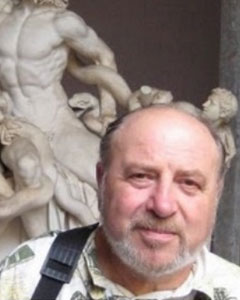
View Faculty Profile
View Laboratory for Theoretical and Computational Neuroscience
Email: iar22@drexel.edu
Research Interests: Computational modeling of neurons, neural circuits, and neural systems at different temporal and spatial scales, central pattern generators; neural oscillations; motor control, neural control of locomotion in animals and robots, neural control of breathing, visual perception, and image recognition
Our long-term goal is to investigate and understand the key issue of neural control of movement: how different cellular, network, and systems neural mechanisms are integrated across multiple levels of organization to produce motor behavior and to adapt this behavior to various external and internal conditions. Investigations of neural circuits in the brainstem and spinal cord involved in neural control of locomotion and breathing provide a unique and attractive opportunity to develop and investigate comprehensive computational models that can bring into a uniform framework the existing experimental data and current hypotheses related to different levels of systems organization and behavior. Our modeling studies are performed in close interactive collaboration with multiple leading experimental laboratories located in different universities, states, and countries.

View Faculty Profile
Email: nas29@drexel.edu
Research Interests: Computational modeling of single neurons and neural networks, neural control of respiration and locomotion
Our goal is to study cellular and network mechanisms of the generation of rhythmic respiratory and locomotor activity in the brainstem and spinal cord. We develop our models starting from the biophysical level of ionic currents and single neurons to the network and system levels based on and in close collaboration with experimental studies.
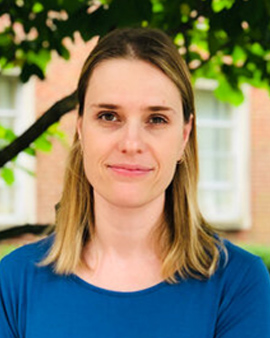
View Faculty Profile
Email: tb462@drexel.edu
Research Interests: Respiratory neurobiology and respiratory plasticity after spinal cord injury
Computational Collaboration: Improving breathing with limb muscle stimulation after cervical SCI
Our main goals are to investigate the organization of spinal respiratory circuits, evaluate conditions for activation of breathing by stimulation of limb muscle afferents in intact and injured spinal cord, and develop a novel computational model of the respiratory system. This model will include supraspinal and spinal levels of respiratory control, afferent inputs from limb muscles, and reproduce experimental data.
Collaborators: Dr. Ilya Rybak, Dr. Natalia Shevtsova
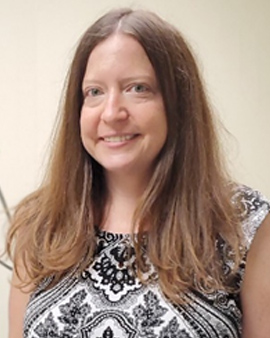
View Faculty Profile
View Dougherty Lab
Email: kjd86@drexel.edu
Research Interests: Spinal locomotor circuits
Computational Collaboration: Rhythm generation in rodent spinal cord, Spinal circuit changes that mediate locomotor benefits of combined therapies after spinal cord injury
Our goals are to reveal the functional connectivity of spinal circuits involved in orchestrating locomotion and to determine how these circuits go awry in injury and disease states. Our current focuses are on mechanisms of locomotor rhythm generation and plasticity following both spinal cord injury and potential treatments for restoration of motor function.
Collaborators: Dr. Simon Giszter, Dr. Ilya Rybak, Dr. Natalia Shevtsova

Email: dw657@drexel.edu
View Wang Lab
View Faculty Profile
Research Interests: Learning and Memory; Neural Oscillations
Computational Collaboration: Neuronal ensemble dynamics underlying memory consolidation
We investigate how neuronal ensembles communicate for information exchange and content abstraction during the memory formation process. We also investigate how neural oscillations facilitate information flow.
Collaborators: Dr. Jessica Ausborn, Dr. Hualou Liang